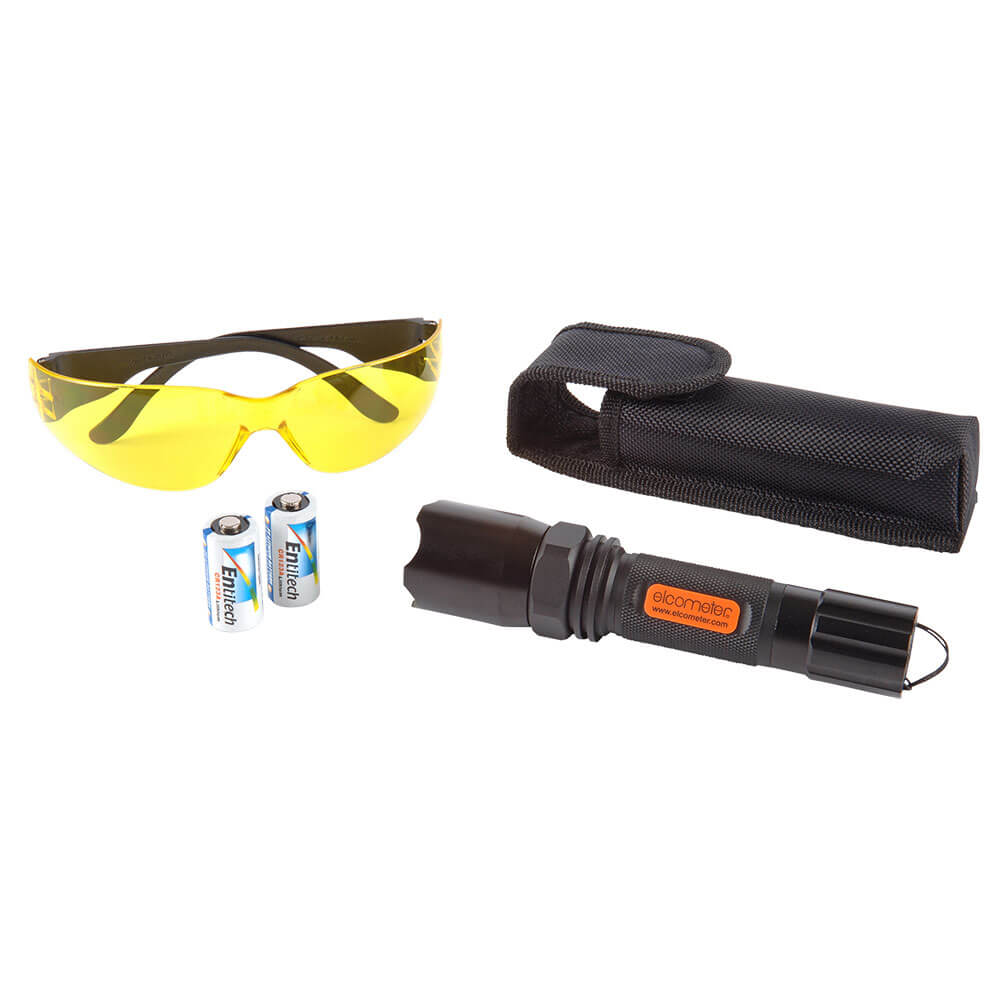Premature corrosion of a substrate is usually due to a coating failure. A major cause is the presence of flaws in the finished coating. Collectively referred to as porosity, the main types of flaws are:
Runs & Sags: Coatings move under gravity leaving a thin dry film.
Cissing: When a coating does not re-flow to cover the voids generated by air bubbles being released from the surface of a coating.
Cratering: If the substrate is wet or the coating has poor flow characteristics, voids are created in the coating.
Pinholes: Caused by air entrapment which is then released from the surface, or by the entrapment of particulates (dust, sand etc.) which do not stay in place.
Over Coating: If too much coating is applied, as it cures internal stresses of the coating can cause it to crack.
Under Coating: Uncoated areas, or where the coating flows away from edges or corners of a substrate or welds. Insufficient coating over a rough surface profile may also leave the peaks of the profile exposed.








